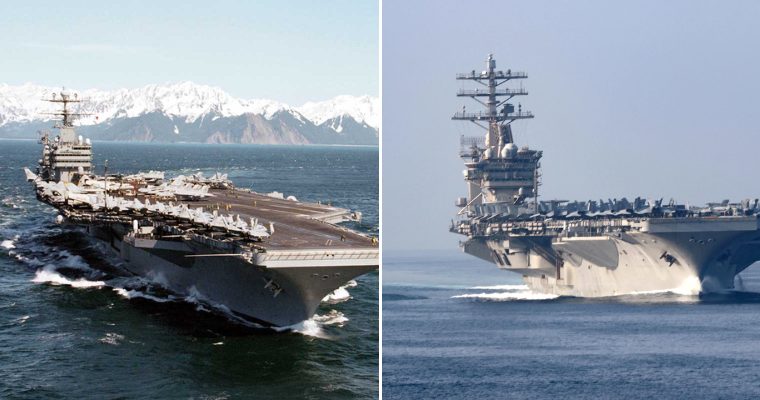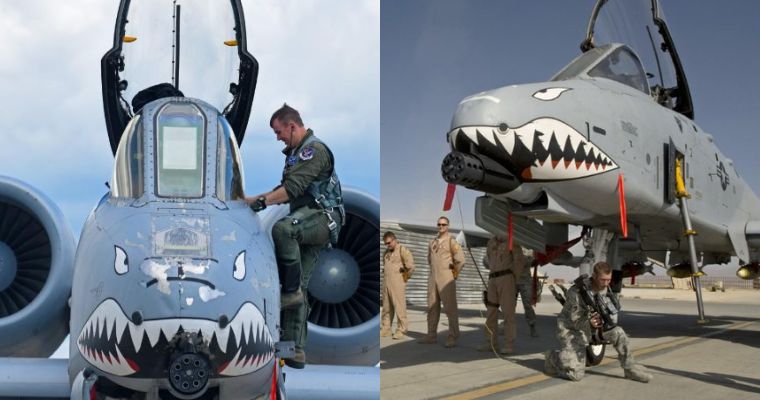
The USAF still employs about 177 upgraded two-seat F15C and D models and about 224 F15E Strike Eagles. For nearly three decades, the F15 Eagle fighter has been considered the undisputed king of the skies.
Until its replacement, the F22 Raptor debuted, the F15 was the United States Air Force’s front-line air superiority fighter. Even today, a modernized eagle is still considered a formidable opponent, and the manufacturer Boeing offered updated versions that could fly the airframe most of the time for a century.
The F15 has its roots in the aerial warfare in Vietnam and the ominous display of US Air Force and Navy fighters against their North Korean counterparts. The large and powerful American fighters, designed to undertake both air-to-air and air-to-ground missions, fared poorly against their smaller, less powerful, but more maneuverable North Vietnamese counterparts. l Kill ratio of 1.5 to 1 in Vietnam.

Contemporary fighters, such as the F4 Phantom, were designed with the assumption that the air-to-air missile was making air combat obsolete, and with it the need for superior maneuverability and a cannon for air combat.The U.S. Air Force decided it needed a dedicated air superiority fighter that combined two powerful engines, powerful radar, a large number of missiles and a cannon. Above all, it had to be maneuverable enough to win a dogfight.
The force put out a call for proposals for the new FX fighter in 1966, and no less than six companies submitted competing card designs. No prototype was built. Air Service selected McDonnell Douglas (now part of Boeing) in 1969, commissioning 107 large-scale aircraft development projects.

The F15 was a formidable aircraft. Early versions were powered by Pratt and Whitney F100PW100 turbofan engines with afterburner, which produced 14,500 pounds of static thrust, 23,500 with afterburner.








